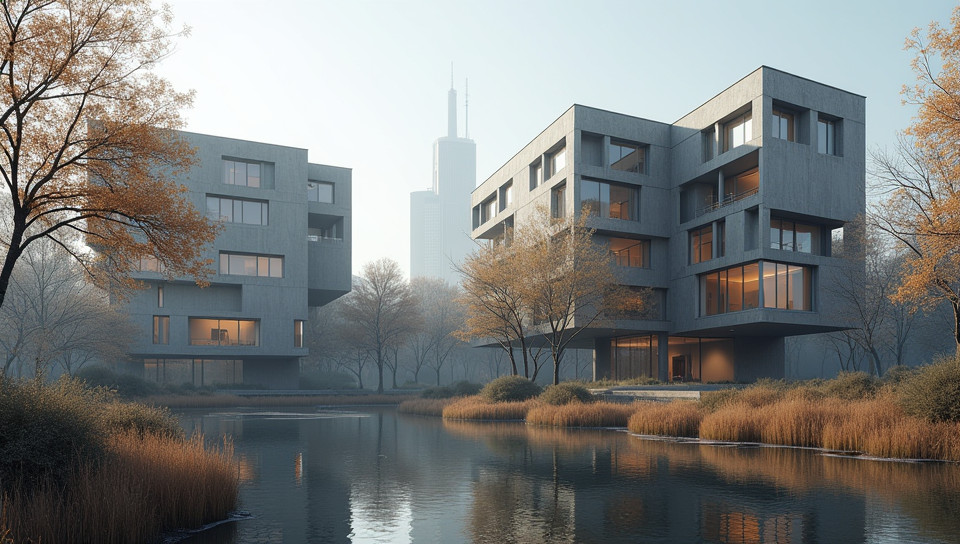These buildings use no energy 44%

Building for the Future: How Zero-Energy Buildings are Revolutionizing Architecture
In an era where climate change and environmental degradation threaten our very existence, it's imperative that we rethink the way we design and build structures. The notion of "sustainable architecture" has been gaining momentum in recent years, but one concept stands out from the rest: zero-energy buildings. These revolutionary edifices not only minimize their carbon footprint but also produce more energy than they consume.
What are Zero-Energy Buildings?
Zero-energy buildings (ZEBs) are designed to generate all the energy they need from on-site renewable sources, such as solar panels or wind turbines. This means that these buildings produce as much energy as they use over a year, resulting in no net energy consumption.
How Do ZEBs Work?
- They incorporate cutting-edge technologies like triple-glazed windows and advanced insulation to minimize heat loss.
- They utilize efficient systems for heating and cooling, such as heat pumps or radiant floor heating.
- They often employ renewable energy sources like solar panels, wind turbines, or geothermal systems.
- They are designed with natural ventilation in mind, reducing the need for mechanical HVAC systems.
The Benefits of ZEBs
The benefits of zero-energy buildings extend far beyond their eco-friendly reputation. Some of the advantages include:
- Reduced energy bills
- Improved air quality and indoor health
- Enhanced occupant satisfaction and productivity
- Potential for increased property value
- Compliance with stringent building codes and regulations
Real-World Examples of ZEBs
From residential homes to commercial skyscrapers, zero-energy buildings are being implemented around the world. For instance:
- The Bullitt Center in Seattle, Washington, is considered one of the greenest commercial buildings in the world.
- The Passive House movement has gained significant traction globally, with numerous examples of energy-efficient homes and apartments.
Conclusion
As we move forward in a world where sustainability is no longer a choice but a necessity, zero-energy buildings are poised to revolutionize architecture. By harnessing cutting-edge technologies and innovative designs, these structures not only minimize their environmental impact but also provide a better quality of life for occupants. As we continue to push the boundaries of what's possible, it's clear that the future of building is bright – and energy-free.
- Created by: Amelia Rivera
- Created at: Jan. 28, 2025, 11:04 a.m.
- ID: 19297









